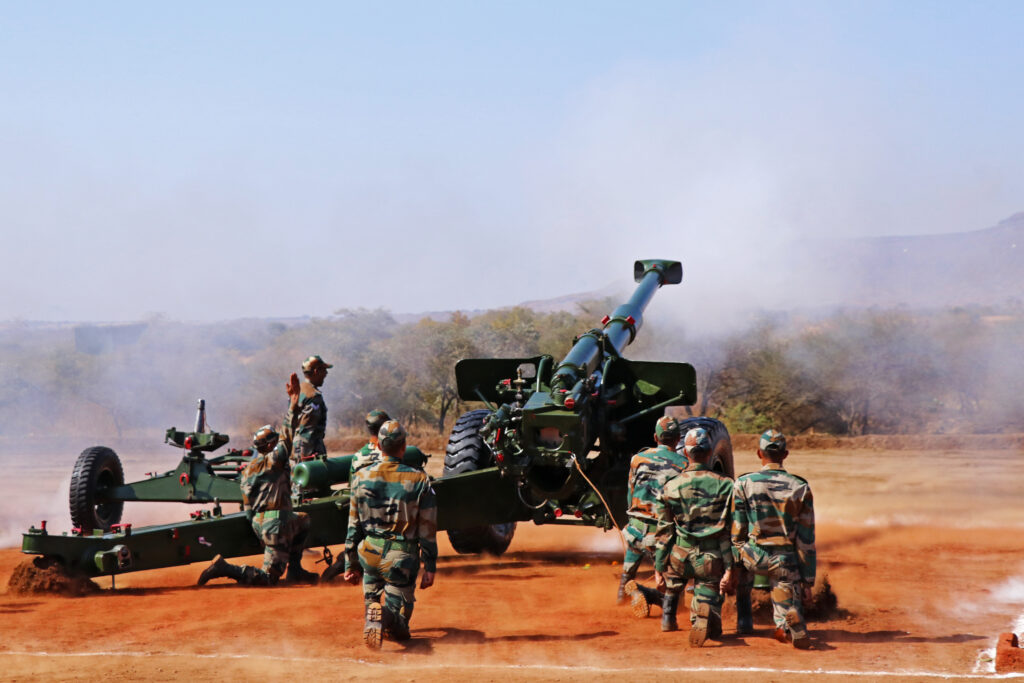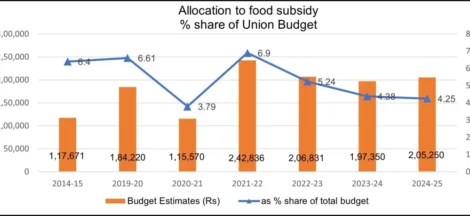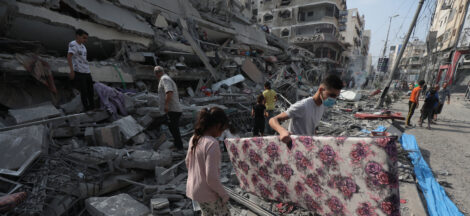By Aritra Banerjee
From the icy frontiers of Ladakh to flood-stricken Gujarat, and from the earthquake-prone Kashmir to the remote villages of the Northeast, the Indian Army’s contributions extend far beyond national defence. Whether rescuing stranded civilians, educating the youth, developing critical infrastructure, or fostering national unity through sports, the Indian Army has become a key pillar in India’s development and disaster response efforts.
When a landslide struck Wayanad’s Mundakkai village in July 2024, the Army responded immediately, with its personnel tirelessly rescuing stranded civilians and constructing emergency bridges to restore access. A month later, during the Gujarat floods, Army teams evacuated numerous people in Vadodara, Rajkot, and Bhuj, distributing essential food and medical aid to affected families.
These are just recent examples of how the Indian Army has evolved into India’s first responder, stepping in where civilian agencies often fall short. Yet, its contributions go far beyond crisis response—whether through educational initiatives, infrastructure development, or youth empowerment, the Army is shaping the future of India.
In border regions like Arunachal Pradesh, Ladakh, and Sikkim, infrastructure has long been a challenge. While the Border Roads Organisation (BRO) leads road construction efforts, the Indian Army provides manpower, security, and operational oversight, ensuring these projects serve both military and civilian needs.
In October 2024, the Army, in collaboration with BRO, inaugurated 75 strategic infrastructure projects, including the Kupup-Sherathang Road in Sikkim, significantly improving connectivity in high-altitude areas. Such projects are not just strategic assets—they fuel economic growth, enable better healthcare access, and improve local livelihoods.
Additionally, the Army regularly hosts ‘Know Your Army’ events, such as those held in Raipur (October 2024) and Pune (January 2025), where civilians can experience cutting-edge military technology, including T-90 tanks and swarm drones. These initiatives help bridge the gap between the armed forces and the general public, fostering greater national integration and awareness.
Whether facing landslides in Kerala, floods in Gujarat, or earthquakes in the Northeast, the Indian Army is often the first force on the ground. Such operations underscore the Army’s ability to mobilise rapidly, leveraging its logistical superiority, manpower, and engineering expertise to mitigate crises across India.
For decades, conflict-prone regions such as Jammu & Kashmir and the Northeast have faced poverty, unemployment, and radicalisation. Recognising the transformative power of education, the Indian Army has launched numerous initiatives to uplift the youth.
Manipur NEET Success (2024) – 13 students from Army coaching batches cleared NEET, marking a milestone for the state. Assam Officer Training – Launched a Super 30 program to prepare local youth for Armed Forces officer roles. Partnered with Indrani Balan Foundation to ensure financial sustainability of Army-run schools in Kashmir, enhancing access to quality education for thousands of students.
Launched an online learning portal with 96 courses for Army officers, advancing professional military education and career development. These initiatives provide structured, long-term alternatives for at-risk youth, ensuring that education—not violence—becomes their pathway to success.
Beyond education, the Indian Army plays a crucial role in youth engagement and talent development, particularly in conflict-sensitive regions.
The revival of cricket culture in Kashmir through the Army-backed KPL has not only provided a talent scouting platform but also fostered community unity in a region long affected by militancy.
According to reports 7 girls from Rajouri-Poonch coaching programs were selected for the J&K state team, breaking gender barriers in regional sports development.
Established two dedicated girls’ sports companies to nurture female athletes for international competitions, with a long-term focus on the 2036 Olympics. These programs serve as powerful tools of engagement, giving young people an alternative to extremism and an opportunity to channel their energy into productive national service.
The Indian Army’s role in nation-building is expanding, from crisis response and education to infrastructure development and youth empowerment. However, as its involvement grows, so does the debate about civilian vs. military-led development efforts.
Critics argue that civilian institutions must take the lead in non-military projects to ensure long-term sustainability. Yet, given the Army’s efficiency, discipline, and extensive reach, its continued role in bridging critical gaps remains essential, particularly in high-risk and remote regions.
Looking ahead, the Army is engaging with veterans and policymakers through initiatives like Shaurya Sampravah 1.0 (August 2024), which brought together former Army personnel to contribute to the force’s ‘Decade of Transformation’ roadmap. Programs like Operation Sadbhavana are also exploring rural development initiatives, such as homestay projects in Uttarakhand and music programs in Manipur schools.
As India marches towards economic growth and self-reliance, its soldiers are not just securing borders—they are building bridges, shaping young minds, and strengthening the very fabric of the nation.
Beyond the battlefield, the Indian Army is laying the foundations for India’s future—one school, one road, and one community at a time. (IPA Service)




 US Trade Bravado Hides A Cautious Stance On China
US Trade Bravado Hides A Cautious Stance On China 